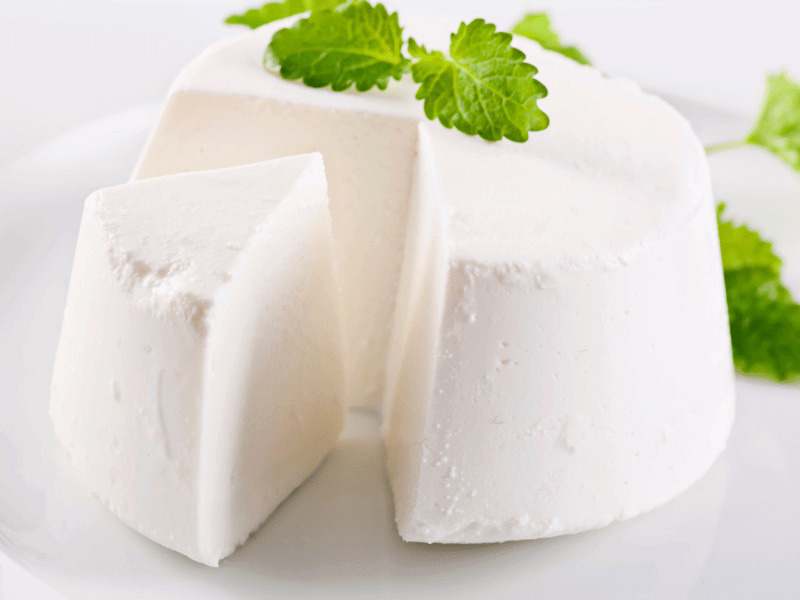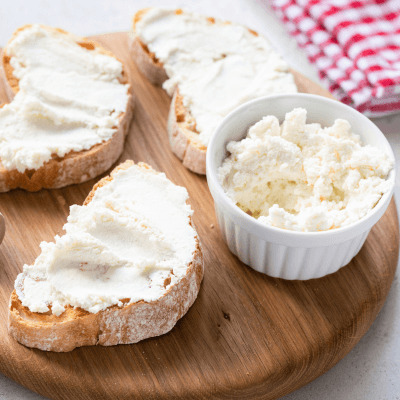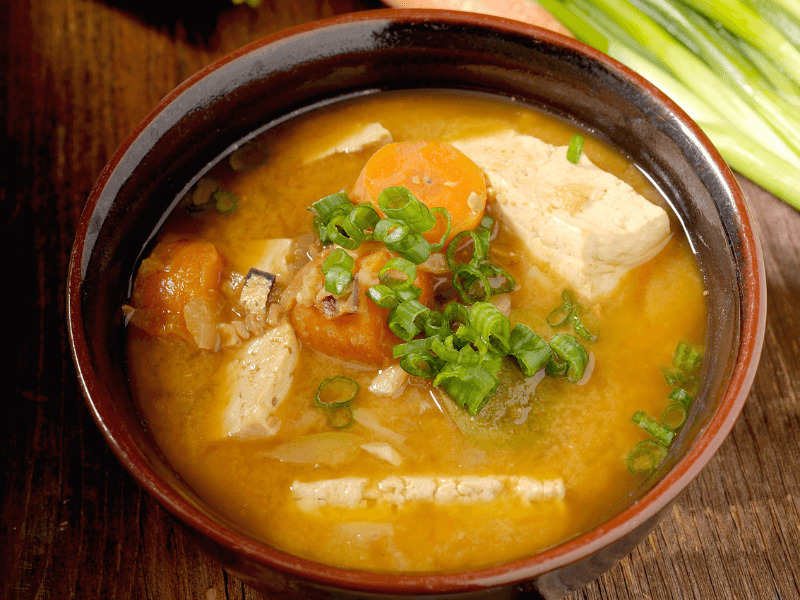Alright foodies, we gotta talk about ricotta. This soft, silky Italian cheese is often the x-factor in a lot of delicious Italian dishes, from lasagne to cannolis. Here’s the skinny on one of Italy’s most popular, and versatile, cheeses.

History
Like many of the most famous Italian cheeses, ricotta has been made for thousands of years. One of the things I love about Italian cooking is that it is serious about tradition–yet not confined by it. While it is difficult to pinpoint the exact time and place that ricotta was invented (as is often the case when you’re dealing with thousands-year-old recipes), it is believed to have originated in Southern Italy during the Bronze Age, which lasted from 3300 to 1200 BCE. Tangent time: we like to identify eras by their predominant metals, like copper bronze, and iron. I say we start using food. I would much rather read about the Ricotta Age than the Bronze Age, but maybe that’s just me.
How Ricotta Is Made
The term “ricotta” means “twice cooked” in Italian. That’s because ricotta making involves two separate processes. When mozzarella (or a similar Italian cheese) is made, the liquid whey is separated from the solid curds (why am I having flashbacks about that Little Miss Muffett nursery rhyme?). The whey is what is heated to make ricotta. Said whey is heated to a little under 200 degrees Fahrenheit, then an “acidic agent” (the name for my band, if I ever get around to forming one) is added. Often, vinegar or citric acid is used. The acid causes the whey to form its own curds. These curds are then strained, pressed, and cooled to form creamy ricotta. It’s a lot of work, but I think we can all agree that the result is worth the effort.

Uses For Ricotta
As I’ve said, ricotta is a popular filling in lasagne. It’s softness offers the perfect contrast to the firmer lasagne noodles. It also acts as a kind of glue to hold everything together. With its slight sweetness and creamy texture, it is a popular dessert filler as well. We’ve all seen it in cannolis, but did you know that ricotta donuts are a thing? And once you’ve had a ricotta donut liberally sprinkled with powdered sugar, I’m told it’s hard to go back to the cheeseless variety. Although, let’s face it, one has to try pretty hard to make a bad donut.
For one of the simplest preparations, I recommend taking a large dollop of ricotta, drizzling some honey and olive oil over it, and seasoning it with a pinch of sea salt. This makes a great dip for toasted (or better yet, grilled) slices of bread. This preparation has become a popular starter at Italian restaurants, but it’s not difficult or expensive to make at home. I say bring the trattoria to you!

Vegan Ricotta
As with most of the great cheeses, a vegan version of ricotta does exist. Actually, several. I have seen versions that call for tofu, soy milk, and even cashews. You can buy pre-made, dairy-free ricotta, but as always, it’s best to just whip some up yourself. Luckily, I may have a recipe in store…
If you enjoyed this article or have suggestions on how we can improve it, please leave us a comment below. Also, make sure to check out other articles I’ve created or stories I’ve written about food culture – here.








